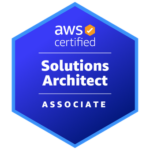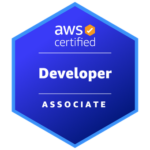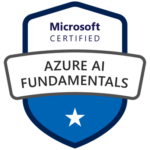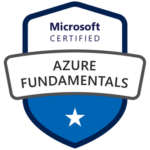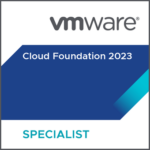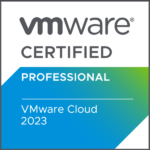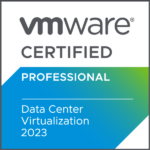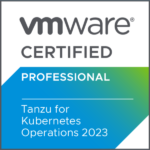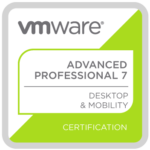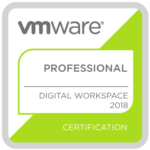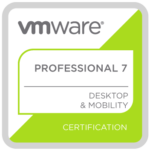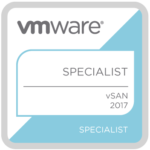Every technology leader knows this moment: the procurement team sits across the table and asks the question you’ve heard a hundred times before. “Why is this solution more expensive than what we thought?”
When it comes to Nutanix, the honest answer is simple: it’s not cheap. And it shouldn’t be.
Because what you’re paying for is not just software – you’re paying for enterprise-readiness, operational simplicity, support quality, and long-term resilience. And don’t forget freedom and sovereignty.
But let’s put that into perspective.
The Myth of Cheap IT
Many IT strategies start with the illusion of saving money. The public cloud is often positioned as the easy, cost-effective way forward. The first few months even look promising: minimal upfront investments, quick provisioning, instant access to services.
But costs in the public cloud scale differently. What starts as an attractive proof of concept soon becomes a recurring nightmare in the CFO’s inbox. Networking, egress charges, storage tiers, backup, and compliance layers all stack on top of the base infrastructure. Before long, that “cheap” platform becomes one of the most expensive commitments in the entire IT budget.
We don’t have to talk in hypotheticals here. Just look at 37signals (now Basecamp). Beginning in 2022, they started migrating away from Amazon Web Services (AWS) because of escalating costs. Their AWS bill had ballooned to $3.2 million annually, with $1.5 million of that just for storage. By investing $700,000 in Dell servers and $1.5 million in Pure Storage arrays, they migrated 18 Petabytes of data out of AWS and completely shut down their cloud account by summer 2025. The result? Annual savings of more than $2 million, alongside full ownership and visibility into their infrastructure. For 37signals, the math was simple: public cloud had become the expensive choice.
VMware customers are experiencing something similar, but in a different flavor. Broadcom’s new licensing model has transformed familiar cost structures into something far less predictable and much higher. Organizations that relied on VMware for decades now face steep renewals, mandatory bundles, and less flexibility to optimize spend.
So yes, let’s talk about “expensive”. But let’s be honest about what expensive really looks like.
Paying for Readiness
Let’s talk about Nutanix. At first glance, it may not be the cheapest option on the table. But Nutanix is built from the ground up to deliver enterprise capabilities that reduce hidden costs and avoid painful surprises.
-
What others solve with layers of tools, Nutanix delivers in a single, integrated platform. That means fewer licenses, fewer integration projects, and fewer teams chasing issues across silos.
-
The architecture distributes risk instead of concentrating it. Failures don’t cascade, operations don’t grind to a halt, and recovery doesn’t require a small army.
-
You decide the hardware, the software, and how you extend into the public cloud. That means intentional lock-ins, and no forced upgrades just because a vendor decided to change the rules.
Value is the Real Differentiator
Price is always visible. It’s the line item that everyone sees. But value is often hidden in what doesn’t happen. The outages that rarely occur. The security incidents avoided. The integration projects you don’t need.
When you compare Nutanix against VMware’s new pricing or against runaway public cloud bills, the story shifts. What once looked “expensive” now feels reasonable. Because with Nutanix, you are not paying for legacy baggage or unpredictable consumption models. It is for a platform that runs mission-critical workloads in your sovereign environment.
The Real Cost of Cheap
There’s an old truth in enterprise IT: cheap usually ends up being the most expensive choice.
Cutting costs upfront often means sacrificing reliability, adding complexity, or creating other lock-in that limits your future options. And every one of those decisions comes back later as a much bigger invoice. Sometimes in dollars, sometimes in lost trust.
Nutanix is not cheap. But it is predictable. It is proven. And it is built for organizations that cannot afford to compromise on the workloads that matter most.
Final Thought
The question is not whether Nutanix costs money, of course it does. The real question is what you get in return, and how it compares to the alternatives. Against public cloud bills spiraling out of control and VMware contracts that now feel more like ransom notes, Nutanix delivers clarity, control, sovereignty, and enterprise-grade quality.
And today, that is worth every cent.















